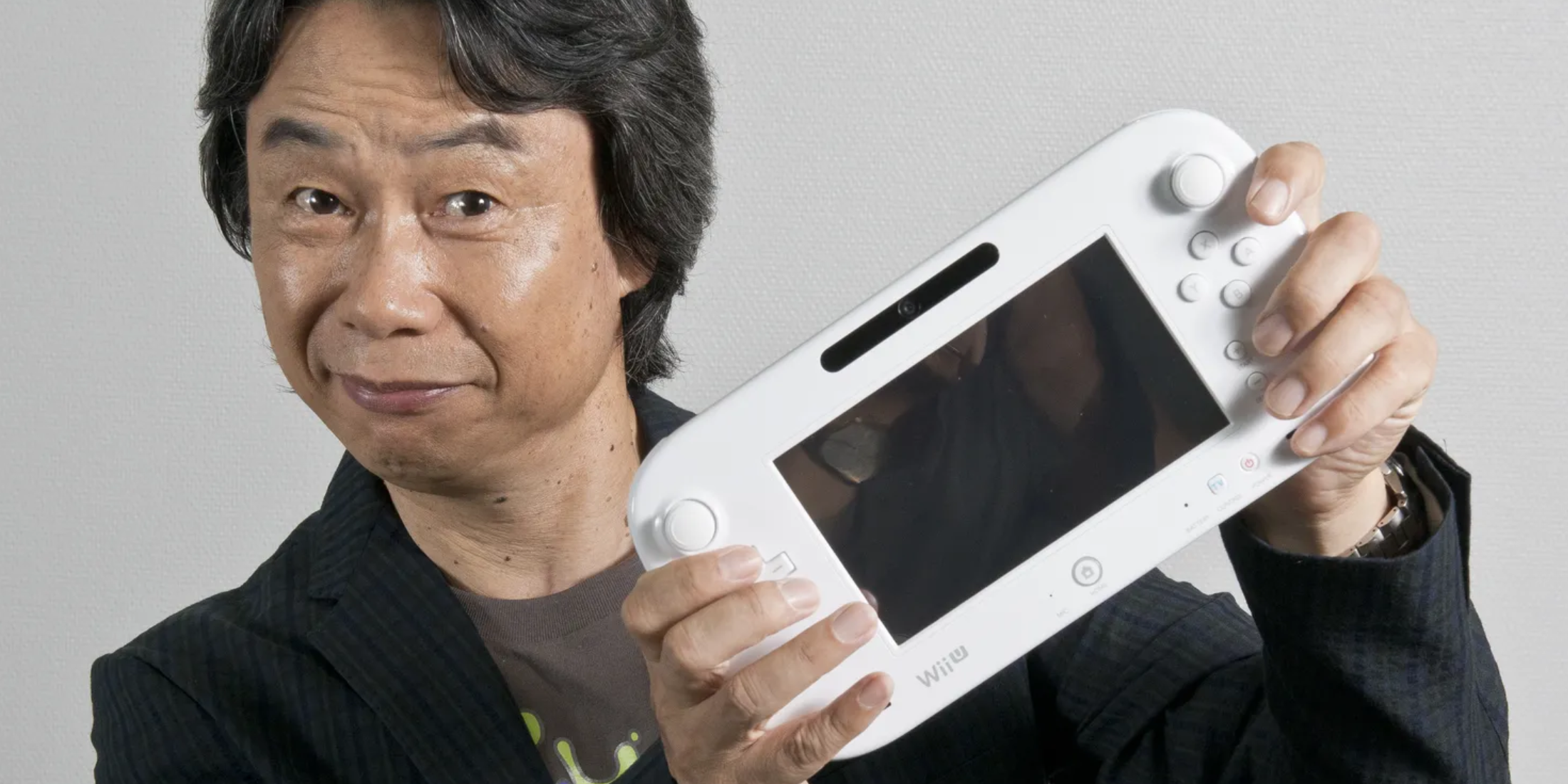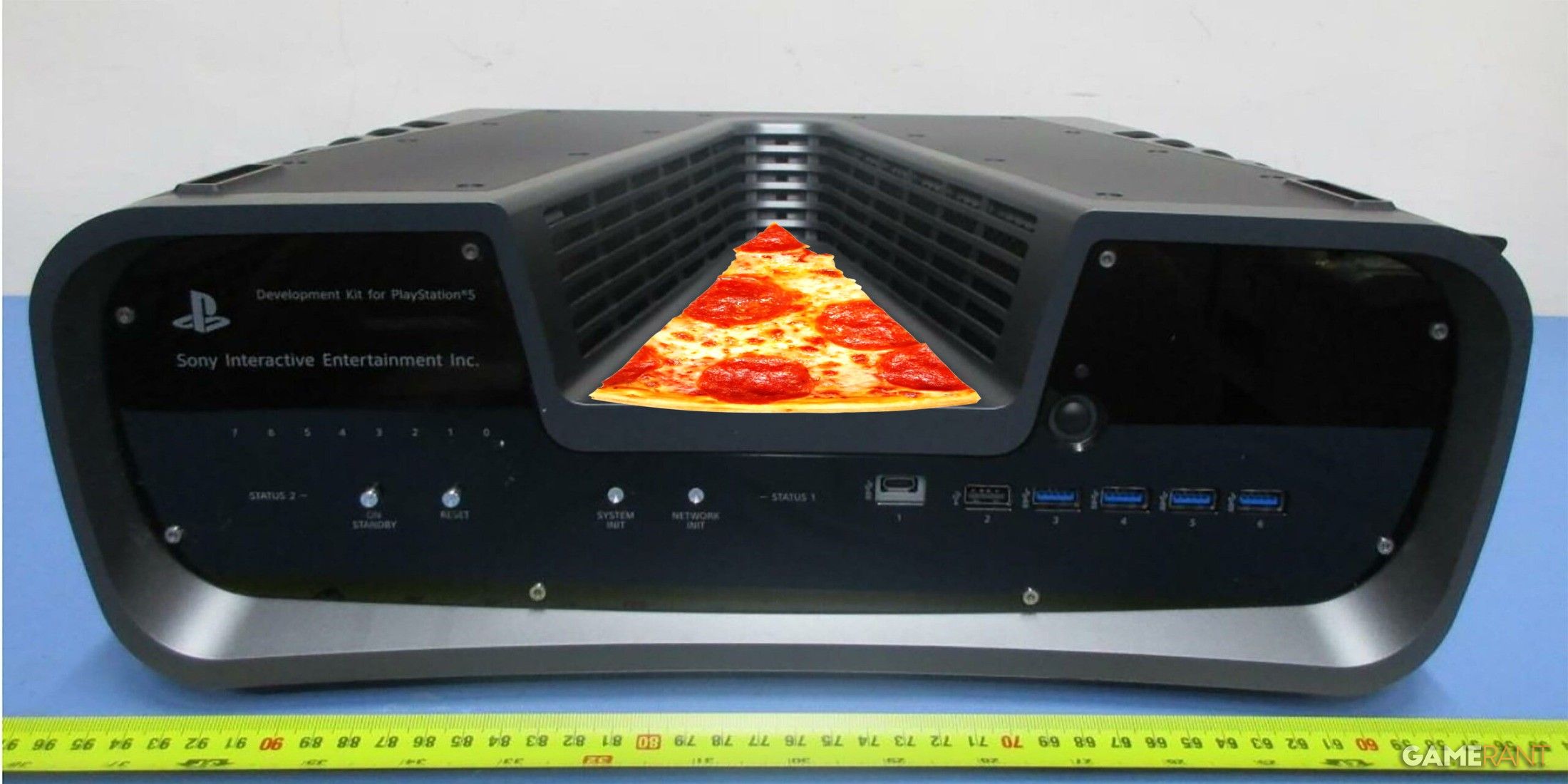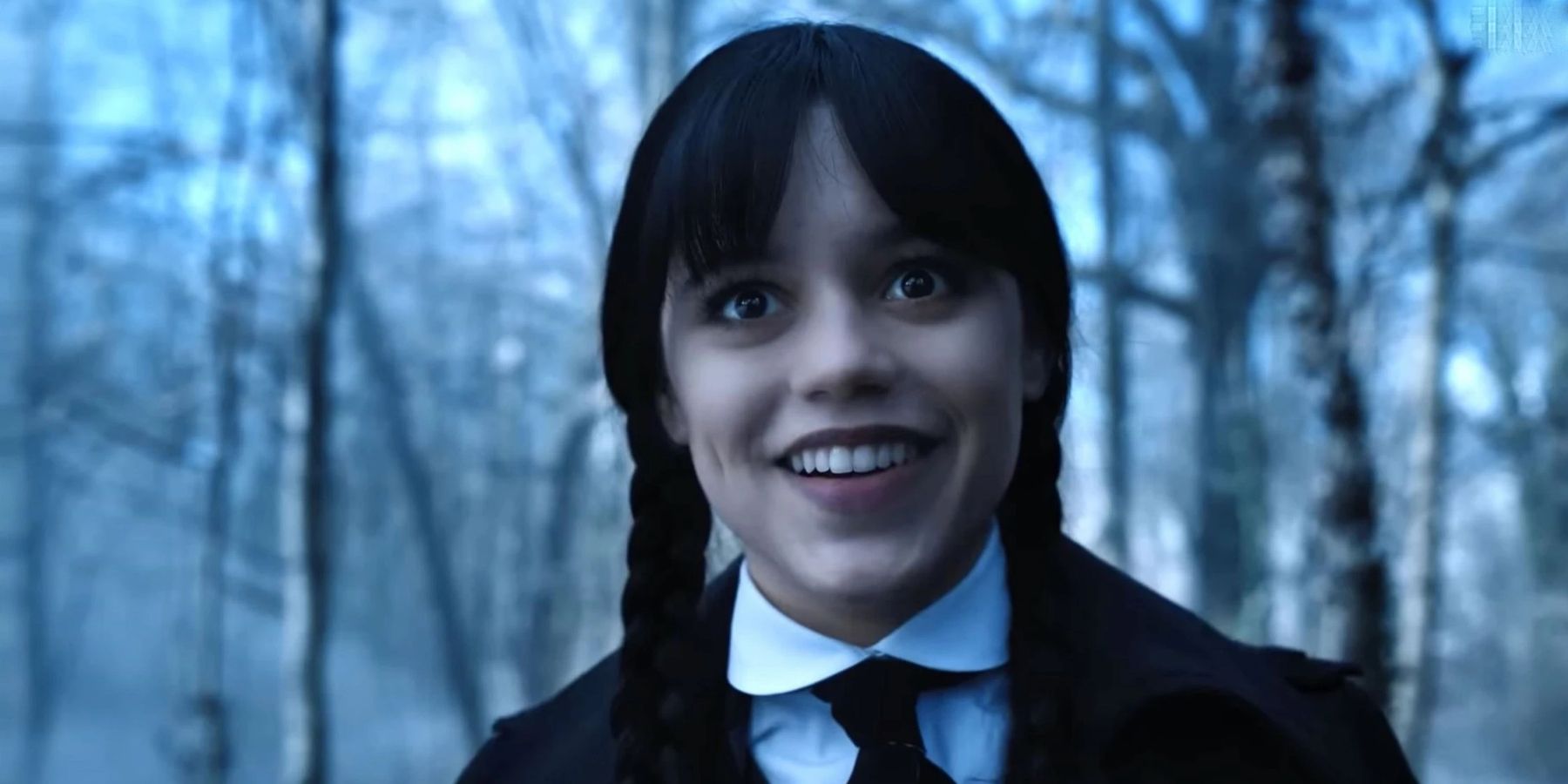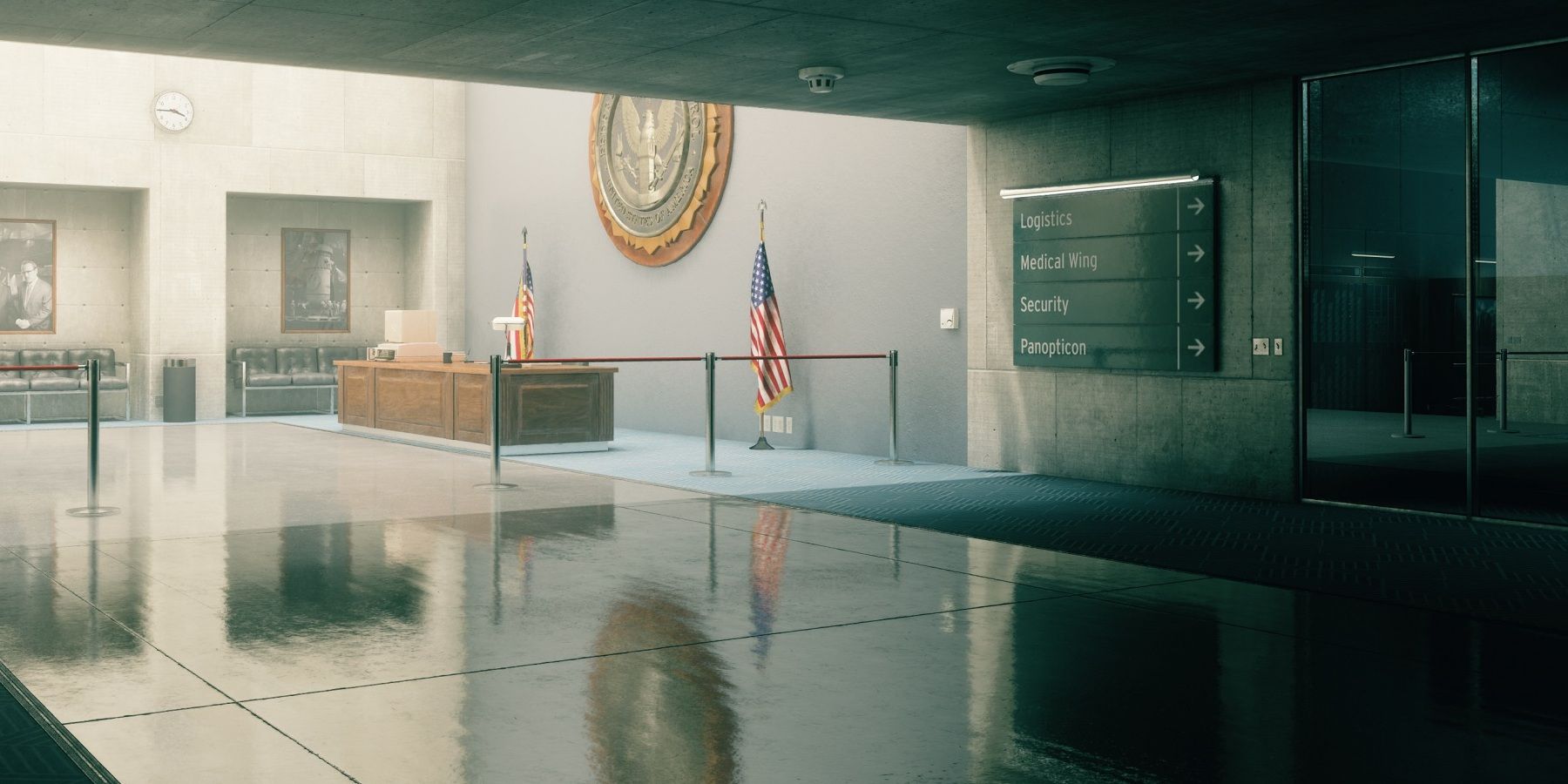Nvidia has made a name for itself not just by being one of the two customer-facing graphics card manufacturers on the market, but also by focusing on the research and development of a wealth of cutting-edge 3D rendering technologies. From the company's own raytracing solution, RTX, all the way to its backend latency optimization features, such as Nvidia Reflex.
It's not particularly strange, then, for Nvidia to submit an all-new shadow casting patent that, by the looks of it, may well lead to substantially improved area light shadows. Curiously, this particular patent describes a new way of rendering shadows: a technique that runs in parallel with raytracing and doesn't incur nearly as significant of a performance penalty, though it seems to come with a potential caveat.
Specifically, Nvidia used its latest patent to describe voxel cone tracing, VCT. This technique is used by determining four points in a given space that are then used to determine light occlusion and shadow rendering. While the list of games that utilize raytracing well is rather impressive by now, Nvidia's patent implies that shadow casting could be done differently. Namely, whereas raytracing necessitates many area light samples only to often deliver visually noisy results, VCT is more efficient and visually striking, with the apparent downside being that it might only be used for rectangular lights.
While there are rumors of RTX 4000 GPUs being substantially faster than anything that came before, Nvidia is clearly interested in optimizing its hardware's RTX capabilities further still. By using VCT to create shadowing, developers could seemingly leverage cone-shaped light sources that would combine to deliver a crisp and realistic shadow at a lesser performance penalty than might currently be possible with regular raytracing.
There's no doubt that this year's Nvidia GPUs will set new performance records in raytraced rendering, but it's been all but confirmed that RTX 4000 will have immense power draw to deliver on this front. By rendering a more accurate and life-like image with a reduced rendering cost, Nvidia could potentially be looking at ways to improve the new GPUs' performance-per-watt ratings in cutting-edge titles, which is always a good thing.
Some recent reports suggest that Nvidia RTX 4000 allegedly destroys 3090 in Control, but it's entirely possible that future optimizations might help even older RTX 3000 and RTX 2000 graphics cards stay relevant longer through the use of VCT and other similar techniques. With the patent having been submitted only recently, however, it's likely that voxel cone tracing won't be leveraged in video games anytime soon.





.jpg)